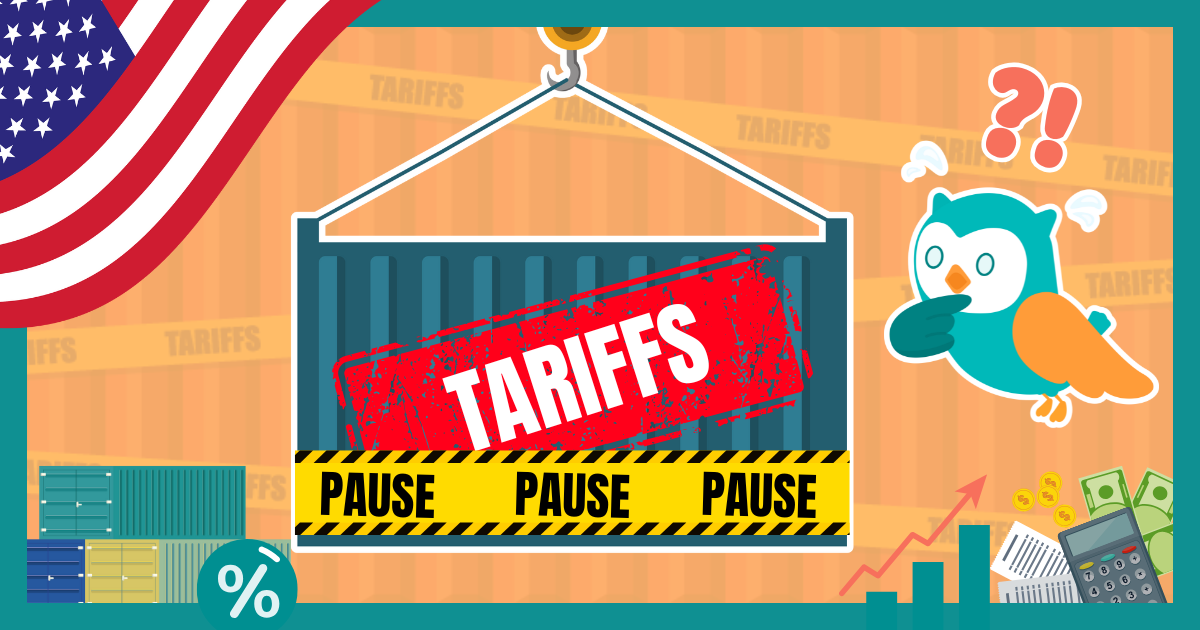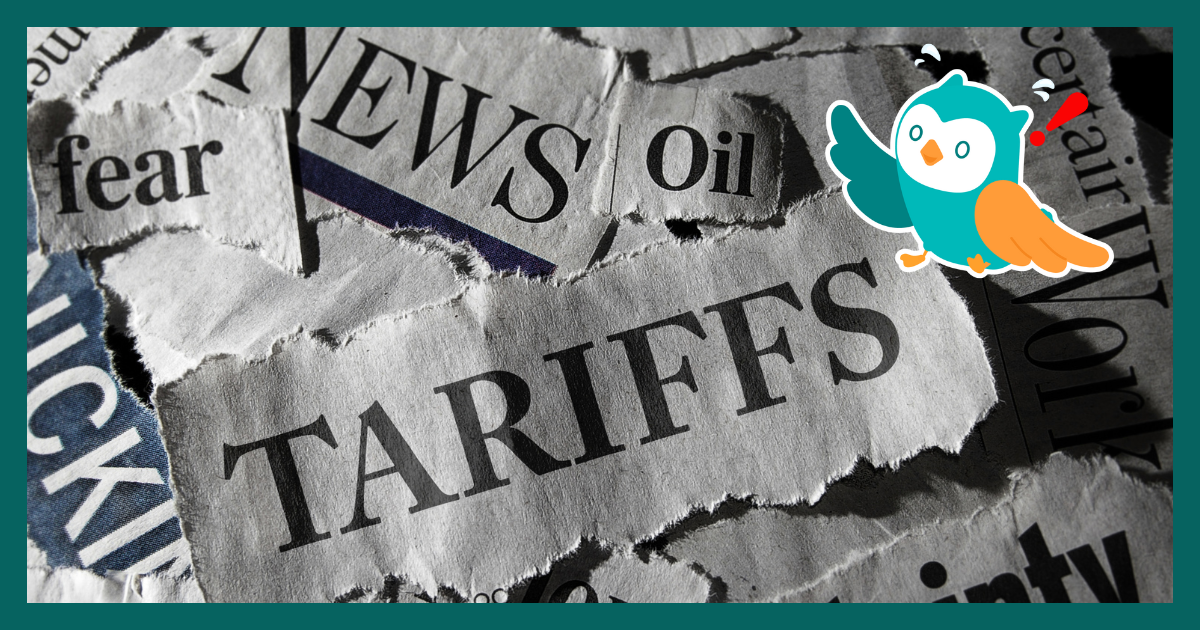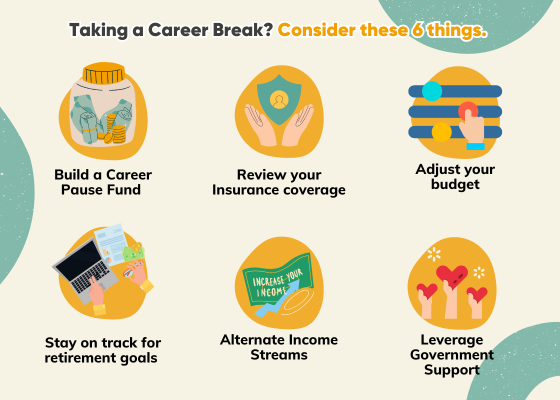Note: It was announced in November 2023 that MoneyOwl will be acquired by Temasek Trust to serve communities under a re-purposed model, and will move away from direct sale of financial products. The article is retained with original information relevant as at the date of the article only, and any mention of products or promotions is retained for reference purposes only.
______________
1. Help With Rising Prices
With the global outlook in 2023 appearing “mixed and uneven”, one headline ‘Valentine’s Day’ present from the Singapore Budget 2023 was the enhanced support measures to help middle and lower-income Singaporeans with cost-of-living concerns.
For example, Singaporeans who are above 21 and above this year, have annual assessable income below $100,000, and do not own more than one property, will receive an additional cost-of-living special payment of between $200 and $400 in June, as part of the Assurance Package. Eligible lower-income Singaporeans will get additional support through the new GST Voucher – Cash from 2024 and receive an additional $450 or $850.
All Singaporean households will also get another $300 in CDC vouchers in January 2024 which can be used widely at participating heartland merchants, hawkers, and supermarkets.
While these additional cash and vouchers may come as a nice hong bao (red packet), do remember that these are meant to cushion the higher prices which are expected to remain in the near-term, especially as GST will increase to 9% in 2024. It is prudent to continue monitoring your spending to ensure that these support measures can tide you over a longer period.
2. More Support For Families
Those looking to expand their families will enjoy more financial support.
The Baby Bonus cash gift will be increased by $3,000 from 14 February 2023 for all eligible Singaporean babies. This means that parents will receive $11,000 for their 1st and 2nd children (up from $8,000), while the cash gift for third and subsequent children will now be $13,000 (up from $10,000).
The Government will also be increasing the contributions to the Child Development Account (CDA) which can be used for pre-school and healthcare fees, in two ways. Firstly, the CDA First Step grant will increase from $3,000 to $5,000. The Government will also be increasing the matched contributions to the CDA to $4,000 and $7,000 for the 1st and 2nd child, respectively.

While these measures will help young parents to some extent, you can also read this article to find out other ways you can save costs for your growing family.
3. Change in Working Mother’s Child Relief
If you are planning for a child next year, you should be aware that the Working Mother’s Child Relief will move from a percentage of the mother’s earned income to a fixed dollar relief system.

This means that higher-income women with children born from January 2024 will receive a lower amount of tax relief, while those in the lower income bracket will see their tax relief amount increase. For example, a working mother of one earning $100,000 today will enjoy $15,000 in tax relief under this category. But someone earning the same amount and giving birth after 1 Jan 2024 will experience the tax relief at $8,000. One should note that the tax relief for mothers with children born before 2024 remains unchanged.
Mothers-to-be in a higher income bracket may need to do their sums and consider additional measures to reduce their tax payable in future, such as making CPF top-ups or making Supplementary Retirement Scheme (SRS) contributions while keeping the total personal income tax relief cap to $80,000.
4. Increase in CPF Contributions
Higher-income workers and older workers will soon experience higher CPF contributions.
The CPF monthly wage ceiling will be increased from the current $6,000 to $8,000 over four years in a phased approach. This means that workers earning more than $6,000 will experience a lower take-home pay, but more contributions will be going into their CPF each month. However, the CPF annual salary cap of $102,000 remains unchanged. This means that a high-income earner who receives large bonuses will not receive more CPF contributions overall as the monthly CPF salary ceiling is progressively raised.
However, it does benefit workers in terms of saving more in their CPF on a regular monthly basis, as bonuses vary depending on company performance in that year. It can be viewed as a disciplined savings habit to ‘pay yourself first’.

And where does the additional CPF contributions go to or can be used for?
Tip: Based on the existing CPF allocation rates, you will have more CPF contributions each month which can be used for your housing or healthcare needs, or be compounded by up to 5% annually for your retirement.

Senior workers’ CPF contribution rates will also increase from 1 January 2024, in line with the Tripartite Workgroup for Older Workers’ recommendations for total CPF contributions for workers aged 55 to 60 to be eventually raised to 37%. The first two stages of CPF contribution rate increases took effect on 1 January 2022 and 1 January 2023. The increase in CPF contributions will go into the CPF Special Account to help older workers save and accumulate more for their old age.

5. CPF Contributions For Platform Workers
Platform workers (such as delivery riders) aged below 30 will start to receive CPF contributions from their platform companies to their Ordinary and Special Accounts from late 2024. Starting the scheme with younger workers will allow them to grow their CPF savings so that they can buy a house and also accumulate monies for their retirement.
Tip: While this is not compulsory for older platform workers, it is recommended as far as possible, for all to opt in, so they can finance their homes with their CPF and save up for their retirement over the long term with CPF’s risk-free interest rates of up to 5% per annum.
To address concerns about short-term cash flow, there will be support for lower-income workers in the first few years. Platform workers earning $2,500 or less per month will receive the Platform Worker CPF Transition Support over the first four years, which will offset the additional CPF contributions for them and cushion the impact on their take-home pay. More details of the transition support will be shared in the Ministry of Manpower’s Committee of Supply speech.
Disclaimer:
While every reasonable care is taken to ensure the accuracy of information provided, no responsibility can be accepted for any loss or inconvenience caused by any error or omission. The information and opinions expressed herein are made in good faith and are based on sources believed to be reliable but no representation or warranty, express or implied, is made as to their accuracy, completeness or correctness. The author and publisher shall have no liability for any loss or expense whatsoever relating to investment decisions made by the reader.




